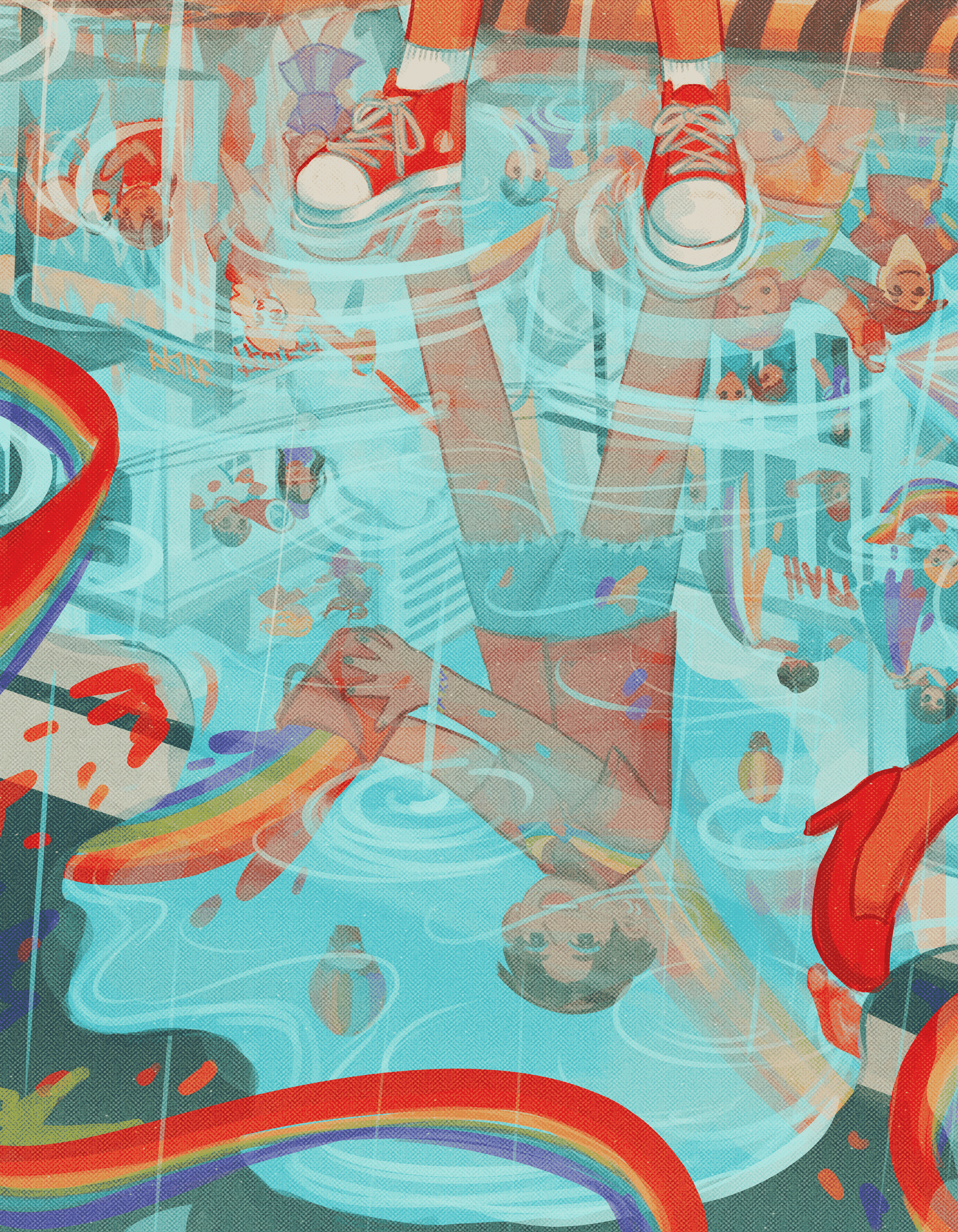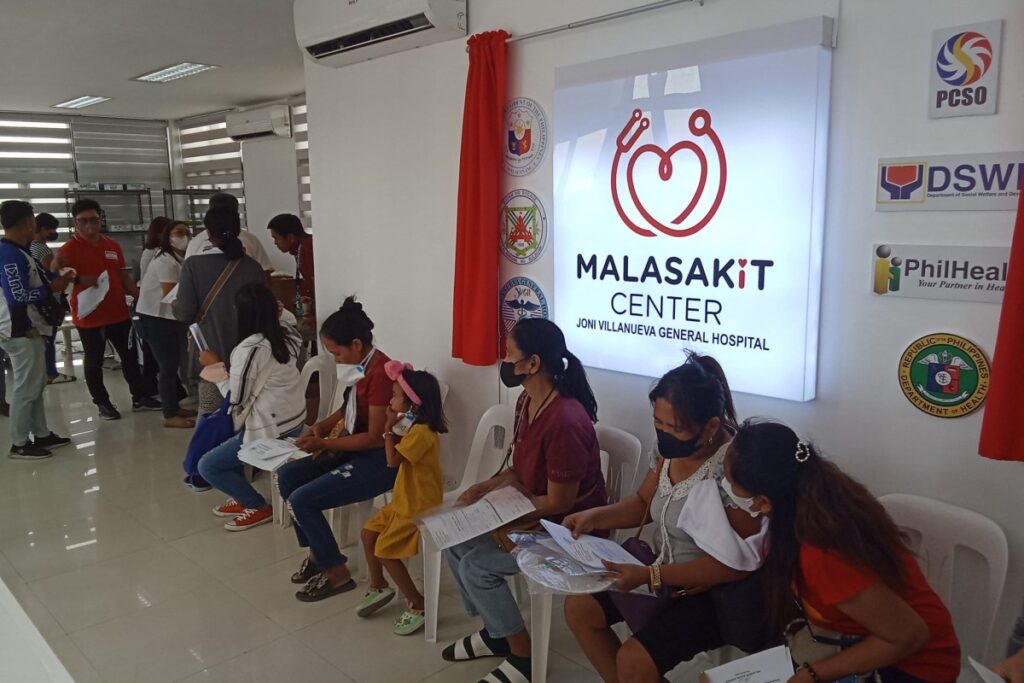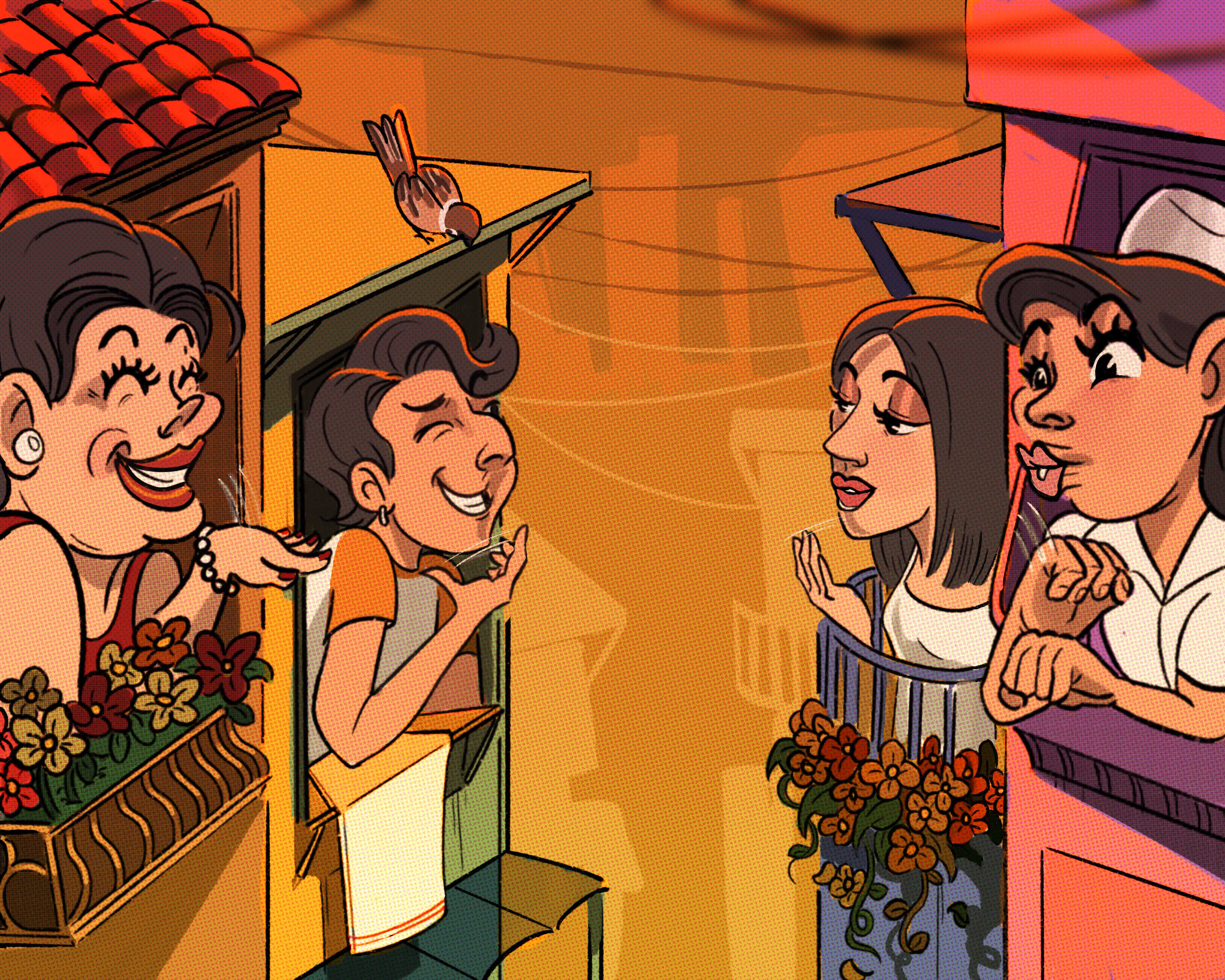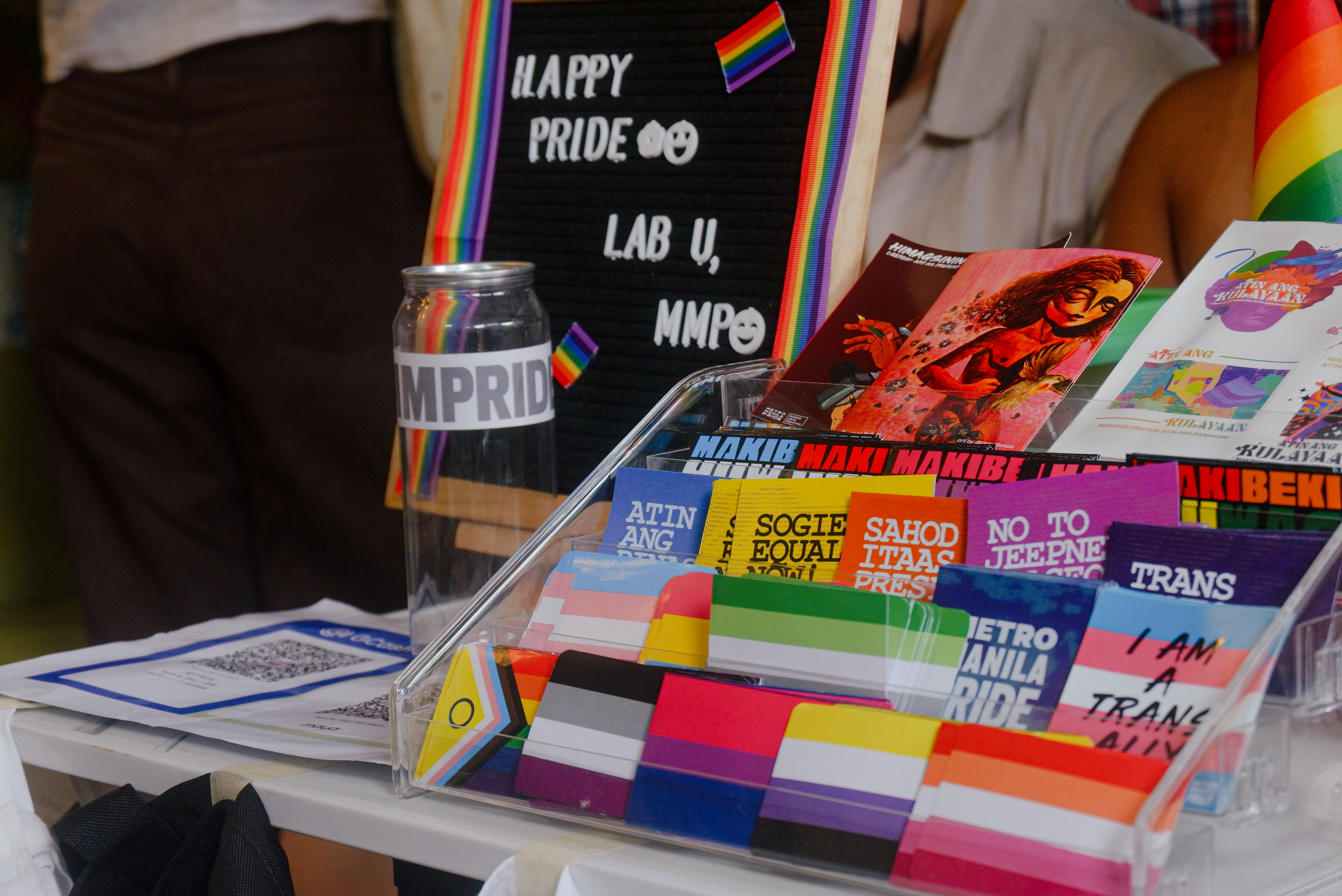In November 1906, a culture of the bubonic plague found its way into what was supposed to be a test tube of a cholera vaccine. Then into the bloodstream of 24 inmates of Manila’s Bilibid Prison.
Only when some of the prisoners began falling ill did Richard Pearson Strong, then head of the Philippine Biological Laboratory, suggest that a streptococcal infection could have complicated his experiment in inoculation. But his superior inferred from Strong’s own accounts that a doctor from Chicago who had come to visit the latter might have, by accident, messed up the tubes in the cholera rack. Later, 13 men who had received the injection died.
Strong toyed with the then contemporary innovation, particularly among European scientists, towards better immunity, with live cholera harvested and pooled in saline before injection. It was similar, to a degree, to what would over the next decades become a conventional standard for vaccines—even for viruses, bits of which weakened or inactivated extract are now traditionally administered to patients with tetanus, polio, chickenpox, diphtheria, and measles, among many other once-formidable diseases.
The frontiers of immunology have come a long way since over a century ago. Pfizer and Moderna, to name two of the frontrunners in the race for a coronavirus vaccine, no longer needed to introduce SARS-CoV-2 to the human body, relying instead on molecular instructions in a chain of mRNA to trigger a cascade of antibodies to neutralize the replicas of the coronavirus’s spike proteins that it would create.
The global biotech community has, in record time, ushered in this technology, which has, until now, yet to be licensed for commercial use. But the politicization of its emergency use in the Philippines has faced mounting skepticism, with one in two Filipinos wishing to opt out of getting vaccinated due to safety concerns, according to the pollster Pulse Asia’s survey last November and December.
No small part of the diminished public confidence in any sweeping public health intervention, in vaccines in particular, is the horror of the Bilibid episode in the early 20th century—one antecedent, among many, that could not be farther from mass consciousness right now, to be sure, but that still haunts many unwitting communities. This sentiment derives less from any anti-scientific motives than from deserved suspicion of authorities and from the well-documented complicity of corporations in invading generations of suffering bodies, sacrificing science’s would-be beneficiaries at the altar of raw power.
Kill or Cure
This is not an argument on whether vaccines are safe. The medical community has the better part of history to demonstrate how vaccines have saved millions of lives and shaped the course of the global population in the past century. Still, there remains a disillusioned camp whose legitimate concerns are enmeshed not necessarily within any anti-scientific sentiment. Instead, their anxieties bear on the history where they are coming from, consciously or not, in their collective experience of empire and race.
The fear of outsiders as vectors of infection, an anxiety that persists in the age of coronavirus, finds its roots in the imperial project to “wash up the Orient,” in the words of Victor G. Heiser, who served as Philippine director of health in 1902. It was a script turned on its head: the so-called natives viewed as alien, the conquering soldiers as “the crusading sanitary inspector,” as historian Reynaldo Ileto puts it.
Heiser went on not so much cleansing Filipino lepers as segregating them into a colony on the island of Culion, in Palawan, in 1906. His contemporaries were just as leery. Major Charles Woodruff, an army surgeon, warned his peers of Filipinos carrying the malaria parasite. “You are therefore to consider,” he said, “all apparently healthy native soldiers as possible sources of fatal infection to whites.” Woodruff, fancying himself an ethnologist, wrote about “the Little Negritos” in The New York Times, in December 1905: “If they are to be cared for by someone, who is it to be, the mestizo or the American government?”
Neither of them did, of course, but Heiser took pride in the fantasy of white supremacy, having launched, in the wake of the Spanish-American war, a mass campaign for smallpox vaccination that was equal parts civic program and wholesale surveillance.
Warwick Anderson, an Australian medical doctor and historian, traced in his book Colonial Pathologies, in 2006, the military rigor of the vaccination campaign. Soldiers accompanying the vaccinators, sometimes with local officials, would order Filipinos to stand by the corner of a crowded room and lead each one out to vaccinate at the doorway those who showed no pockmarks.
Not only did these exercises yield a survey of the archipelago, it also inspired in the local population awe of “the triumph of civilization over forces which stand for the black chaos of savagery and barbarism,” as then US President Theodore Roosevelt said, in 1902. American bureaucrats touted it as a feat. It must have also proven to be a logistical nightmare. Vaccines fell by the wayside and, in their place, hygiene regimens and sanitary engineering soon served to rid the “savages” of their pathogens and customs.
American health authorities imagined transforming the tropics—to them, a cesspool of contagion—into a laboratory, its dwellers into case studies in bodily reform. Emphasis on handwashing eased their worries of germs in food from wet markets. They doused the streets in lime. Disinfectant squads tackled the cholera outbreak of 1908 with hundreds of gallons of carbolic acid sprayed all over districts.
Cholera felled thousands of Filipinos at the turn of the century, but another disease reportedly plagued Heiser and his compatriots: philippinitis. To no avail, he thought, he had ordered septic tanks and flush toilets installed in rich neighborhoods. The poorer segments of Manila, for a long time, had to make do with pails that carabao carts hauled and emptied into a ditch. Writing in his memoir, in 1936, Heiser blamed his case of neurosis on Filipinos’ “direct violation of hygienic laws, especially those governing the production and dissipation of body heat.”
Heiser was, in short, talking about and talking shit.
Bitter Pill to Swallow
What little attention Americans in the Philippines paid to vaccines either stemmed from ulterior motives or led to disastrous results. After all, save for the smallpox vaccination-turned-intel mission and the treatment of Bilibid inmates as guinea pigs, Americans, in combating infectious diseases, relied not primarily on vaccines or healthcare—much less so, on the provision of opportunities and services for Filipinos’ upward social mobility—but on wiping out what they thought were the locals’ filthy habits.
Disciplining the population into docile subjects came in varying degrees of subtlety: the morning drills of calisthenics in public schools, the ban on fiestas, the random fumigation of households, the denial of work to Filipinos who had failed their mandatory sanitation check-ups. Katherine Mayo, a white nationalist who called the country the “Isles of Fear,” praised the servants in hotels and restaurants who showed her their health certificates proving they had been purged of disease-carrying germs.
A middle-class consciousness, an air of superiority, emerged from the bifurcated reality of Filipinos living on whichever side of the tracks. They had been taught that cleanliness is next to godliness. They had come to relate disease and death to dirt and deprivation. This reasoning, to some extent, is true, but flies in the face of broader material conditions that keep the poor in various states of risk and squalor.
Cleanliness is rarely a choice for a scavenger, a mechanic, a street sweeper. All along, through no fault of their own, millions of the historically disadvantaged have borne the brutal brunt of diseases, but large-scale immunity against them—nay, the health of the privileged few—depends on the safety of this majority.
The decision of the poor, in their tens of millions in the country, on whether to get a shot at immunity is crucial to the success of any vaccine. Yet some communities’ primal distrust of vaccines is rooted in no less than the political circus that most public health efforts eventually turn into in the Philippines, no matter their good faith.
The Dengvaxia scare is not ancient history. Against the advice of local medical researchers, who had yet to finish their own clinical trials as per the country’s recommended regulatory practice, the Aquino government authorized the administration of the world’s first dengue vaccine, developed by the French pharmaceutical company Sanofi Pasteur, to over 800,000 schoolchildren in April 2016. Three pre-teen students died. It was not the efficacy of vaccines in general that is at issue here—though, in that respect, it got blown out of proportion, too—so much as the lack of accountability that betrayed public trust.
Public frustration continues to reverberate in the controversy surrounding the Duterte administration’s deal with Sinovac Biotech, a Chinese company marred by a history of bribery and, lately, by confusing and limited late-stage trial data on its vaccine. By March, the country is due to receive 50,000 anti-COVID shots, the first batch from the 25 million doses ordered from Beijing, even though only those developed by Pfizer and AstraZeneca have so far been granted emergency-use authorization.
The Food and Drug Administration shall have finished reviewing and approving the regulatory documents on the Sinovac vaccine by the time the government rolls it out next month. To date, no preprint or article in a medical journal has been published to explain the vaccine’s wildly different efficacy rates reported in Indonesia, Brazil, and Turkey. But, otherwise, it would not be the first time that, like lab rats in a vaccine diplomacy experiment, Filipinos got injected something they knew nothing of.
The 13 Bilibid inmates who died from Strong’s experiment, in 1906, had not been told what the murky liquid was in the syringes. He vowed to be extra-cautious. He later chose only prisoners sentenced to death as research subjects. In a separate study on beriberi, another one of them died while, as a reward, those who had survived the trial enjoyed an abundance of cigars and cigarettes, like Strong promised.
It would take decades before history once again dredged the Bilibid mishaps from its dark underbelly. In 1947, the defense counsel of 20 Nazi doctors and three officials, on trial for their lives at Nuremberg, in Germany, justified their experiments on extermination camp prisoners. They cited the similarly dubious ethics of one American doctor whose human experimentation in the Philippines, carried out in the name of medical science, had earned him international renown and broken ground. Unconvinced, the tribunal sentenced seven of them to death by hanging. By then, of course, Strong had long gotten away with murder. ●
*Apologies to Warwick Anderson
The article was first published online on February 12, 2021.







